This is much easier done than typed in a SO answer, because there are various palaces that need to be checked and aligned.
But the overall goal is to 1) track down the security account that attempted the access and launch/activation of the COM component, and 2) which COM component was at fault.
NOTE: Procedures described increase your security exposure, so be sure to create great logs of all changes you do, so that you know what exactly fix your problem, but also, so you can roll back everything that was irrelevant.
NOTE 2 One change at a time, regardless whether server reboot was needed or not.\ - so you know what fixed it.
Start with your Windows logs - they usually log the exact security principal involved and the DCOM component that it tried to access/activate. Usually both: security context and component are pretty obvious - in such case you can skip to the dcomcnfg paragraph below.
One way to temporirely test if you've located the
component/account is to allow admin privileges to the security
account or "EVERYONE" access to the component and see if you
eliminate the error
NOTE: These are temporary measures, only to test. Don't forget to roll everything back.
Your permanent configuration changes will be done in the Component Services MMC snippet. You can either go by manually adding it to an elevated MMC window, or, easier, by running under administrator's privileges the following command:
/>dcomcnfg
Try locating the component of interest under Component Services/Computers/My Computer/DCOM Config/, right-click and do Properties:
Go to the Security tab and adjust Activate and Access permissions to the minimum that is going to fix your issue, but stay as close as the locked-down state, as possible.
NOTE: I have never done this with the MS Office interops. Please be sure to consider all security implications of doing this:

That's pretty much how you start. I have done this on all flavors of Windows and it always feels different. Often I have to rely on other methods of tracking this condition: SysInternals "spying" tools, Windows Security auditing, COM+ Applications properties, and on a few occasions direct modification of file system or registry key ACLs. Most of the times it's lab/dev machines, so hacks, like editing registry keys' security, was okay.
And again - keep track and roll back all changes you did not need!


